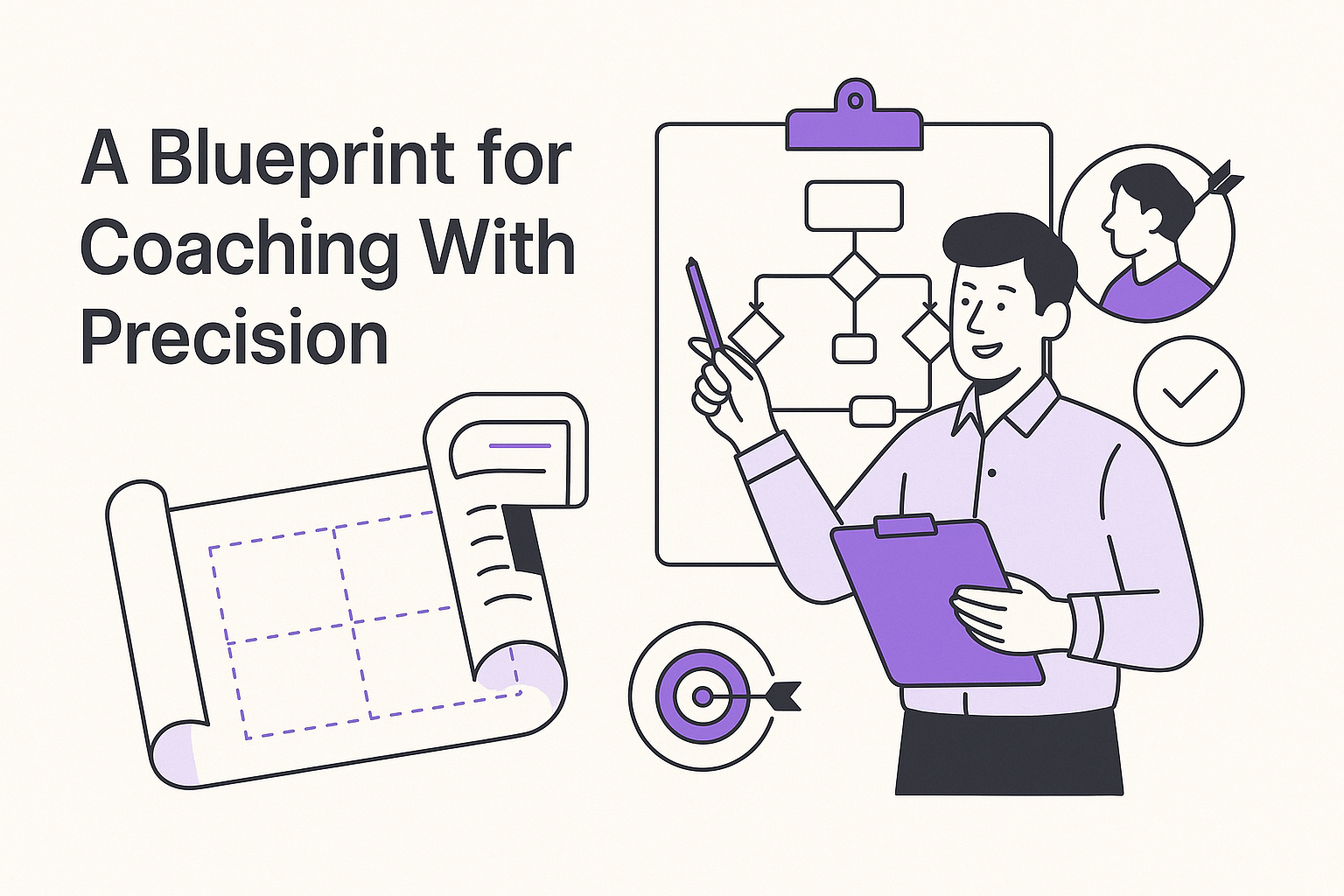Call Tracking and Analytics: In-Depth Analysis
-
Hello Insight
- 10 min read
In today's competitive market, understanding customer interactions is essential for driving conversions. Conversion Insight Tools play a vital role in call tracking and analytics, providing businesses the clarity they need to improve performance and amplify customer experience. These tools allow teams to analyze conversations, extract critical insights, and identify customer pain points in real time.
With features designed for ease of use, anyone within an organization can harness the power of these tools without needing specialized training. By simplifying the analysis of call data, businesses can quickly identify trends and make informed decisions, ultimately enhancing their overall strategy. The integration of Conversion Insight Tools not only leads to improved customer satisfaction but also drives more successful marketing initiatives.
Generate visualizations from your qualitative data. At Scale.

Understanding the Basics of Call Tracking
To grasp the fundamentals of call tracking, one must first understand its primary function. Call tracking allows businesses to record, analyze, and derive insights from phone conversations. This capability is pivotal in optimizing marketing strategies, enhancing customer interaction, and ultimately driving conversions.
The process begins with capturing calls, often through shifting phone numbers based on various marketing channels. This allows businesses to track which ads or platforms generate the most inquiries. Next, recorded calls can be transcribed for easier analysis. By examining these transcripts, companies can identify trends, pain points, and customer sentiments that inform their overall strategies. By harnessing these insights, businesses can refine their approach to customer service and improve their conversion rates. This method enhances the overall efficacy of conversion insight tools, ensuring that every interaction is both informative and valuable.
What is Call Tracking?
Call tracking is a tool designed to analyze incoming calls, helping businesses understand their customer interactions better. It captures essential data such as caller identity, the source of the call, and keywords used during the conversation. This information allows companies to identify which marketing efforts yield the best results, enhancing their overall strategy.
The essence of call tracking lies in its capability to provide insights into customer behavior and preferences. By recording and evaluating conversations, businesses can assess sales performance and pinpoint areas for improvement. This process not only highlights successful tactics but also reveals potential gaps in communication. As a result, call tracking serves as a vital component of Conversion Insight Tools, guiding companies in refining their outreach and ultimately driving more effective customer engagement.
How Call Tracking Empowers Conversion Insight Tools
Call tracking serves as a bridge, connecting valuable customer interactions to actionable insights. By capturing every phone call, businesses can gather a wealth of information that enhances their conversion insight tools. These tools analyze the nuances of conversations, revealing what resonates with customers and identifying areas needing improvement. With such data at hand, companies can make informed decisions, ultimately driving higher conversion rates.
Furthermore, the ability to transcribe and analyze these calls turns raw data into structured insights. Effective call tracking empowers businesses to pinpoint customer pain points and preferences, enabling a more tailored approach to marketing and sales. When integrated with analytical tools, this information cultivates a deeper understanding of customer behavior. Ultimately, call tracking enriches the entire conversion insight process, equipping businesses with the knowledge they need to refine strategies and enhance customer experiences.
Evaluate Performance on Customer Calls for Quality Assurance.
Conversion Insight Tools: Deep Dive into Analytics
Conversion Insight Tools are crucial for distilling actionable insights from various data sources, particularly in call tracking. By examining recorded conversations, businesses can uncover patterns in customer behavior and preferences. These tools simplify the complexity of data analysis, enabling anyone, regardless of their technical expertise, to generate valuable reports and insights effortlessly.
One of the standout features of Conversion Insight Tools is their ability to identify key themes and pain points within customer interactions. This not only aids in enhancing customer experience but also promotes data-driven decision-making. For example, insights extracted from multiple calls can reveal common concerns that might be addressed to improve service or product offerings. By systematically analyzing these interactions, companies can tailor their strategies to align more closely with customer needs and drive conversions. Understanding how to maximize the potential of these tools can significantly elevate a business's performance.
Leveraging Data for Effective Decision Making
Data-driven decision-making is crucial in today’s competitive landscape. Using data analytics enhances the effectiveness of your call tracking by providing insights into customer interactions. Insights derived from call data can reveal patterns that inform strategic choices, whether optimizing marketing campaigns or enhancing customer service quality.
To utilize data effectively for decision-making, consider these key strategies:
Identify Trends: Examine call data to spot recurring themes and preferences among customers. Understanding these trends can lead to improved targeting and product offerings.
Measure Performance: Regularly assess the effectiveness of various campaigns or sales strategies. This helps in identifying which efforts yield the highest conversions and those needing revision.
Enhance Customer Engagement: Use data to tailor communications. Personalized engagement based on customer insights can significantly increase satisfaction and drive conversions.
By implementing these strategies, you can transform raw data into actionable insights, ultimately empowering more informed and effective decisions.
Real-World Applications of Conversion Insight Tools
Conversion Insight Tools play a crucial role in translating raw data into actionable insights that drive business decisions. Businesses utilize these tools to analyze customer interactions, identifying critical pain points and preferences. This information aids in optimizing customer journeys, ultimately enhancing conversion rates. For instance, by transcribing and analyzing calls, teams can pinpoint specific areas of friction that customers experience during their interactions.
Several real-world applications illustrate the effectiveness of Conversion Insight Tools. Firstly, businesses can aggregate multiple call analyses to detect patterns in customer feedback and behavior. This can lead to improved product development and targeted marketing strategies. Secondly, these tools facilitate the creation of comprehensive reports that inform presentations and strategy sessions. They empower teams to act on insights derived from customer conversations, making data-driven decisions that are closely aligned with consumer needs. Ultimately, the effective use of Conversion Insight Tools transforms customer insights into a competitive advantage.
Conclusion: The Future of Conversion Insight Tools in Call Tracking
The future of Conversion Insight Tools in call tracking appears to be bright and promising. As businesses increasingly rely on data to drive decisions, these tools will evolve to provide deeper insights and enhance user experiences. They will enable companies to analyze customer interactions more effectively, aiding in understanding pain points and preferences.
With advancements in technology, future Conversion Insight Tools may harness artificial intelligence to automatically extract meaningful data from conversations. This shift will allow organizations to make informed choices swiftly, ultimately improving customer satisfaction and business outcomes. Embracing these tools will become essential for staying competitive in an ever-changing market.






